Pierre-Noël Levasseur (1690–1770)
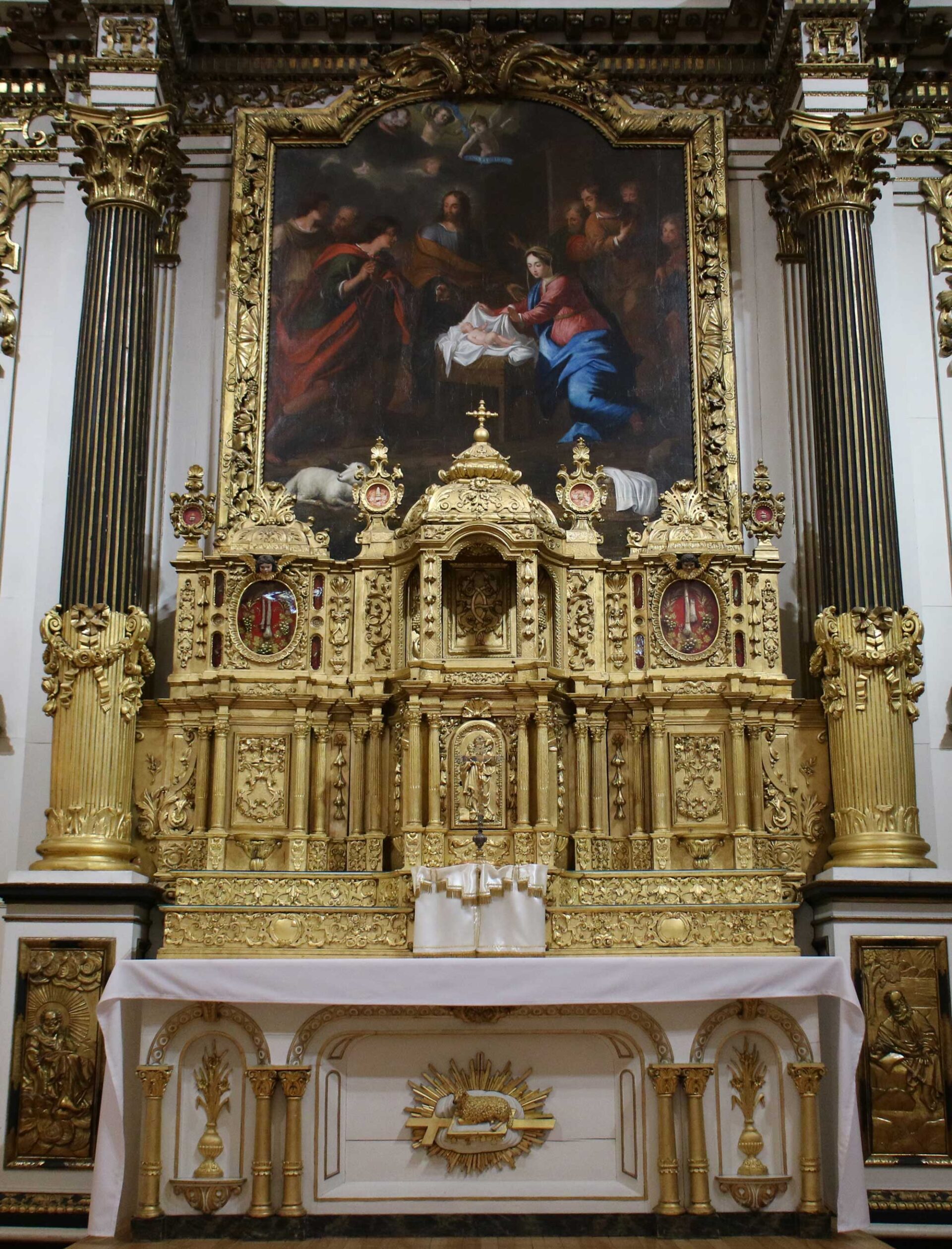
Pierre-Noël Levasseur, Retable principal (Main Altarpiece), 1726–36
Ursulines Chapel, Pôle culturel du monastère des Ursulines, Quebec City
Considered the greatest ornamentist and sculptor of his time in New France, Pierre-Noël Levasseur practised religious and naval sculpture for around sixty years, while also working as a surveyor. He came from a line of Parisian woodworkers, and his skills were in great demand in the eighteenth century, when many churches were built in the Diocese of Quebec.
Levasseur is the most prestigious member of the Levasseur dynasty, and three of his fifteen children carried on his legacy. In Quebec City, his masterpiece is undoubtedly the interior decor of the Ursuline Chapel (created between 1726 and 1736), in particular the vast altarpiece, an exceptional and well-preserved component still visible today.
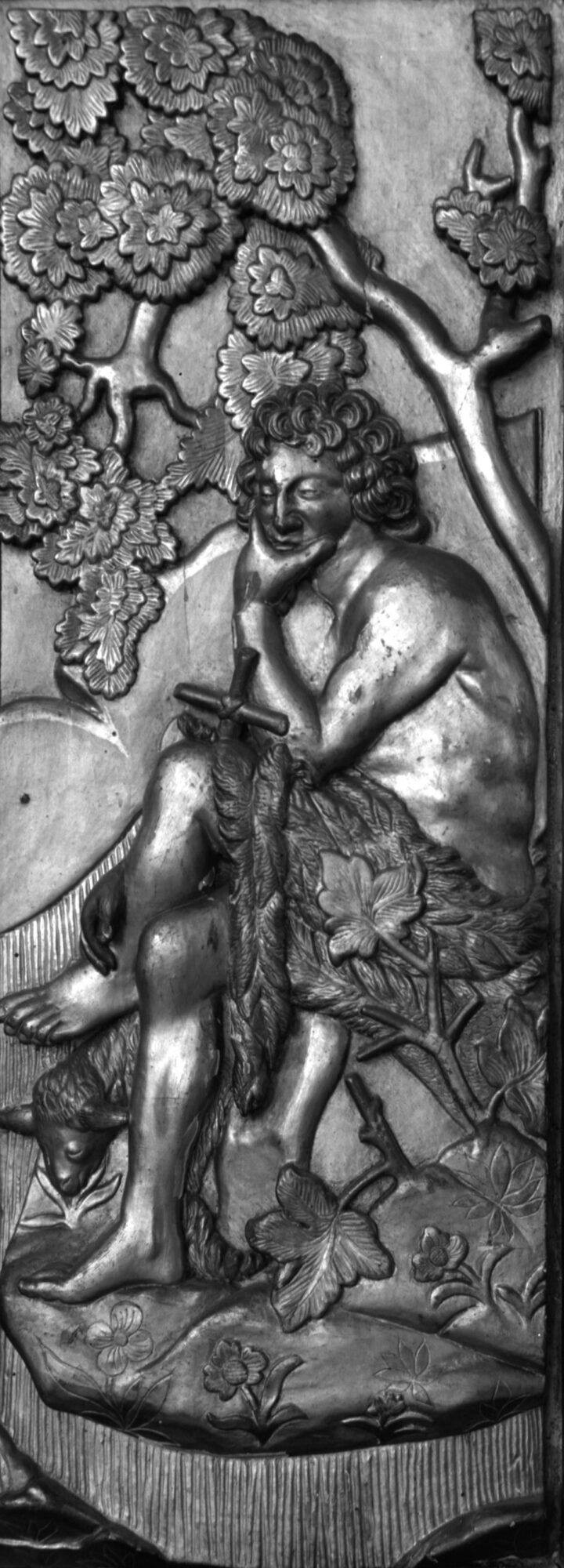
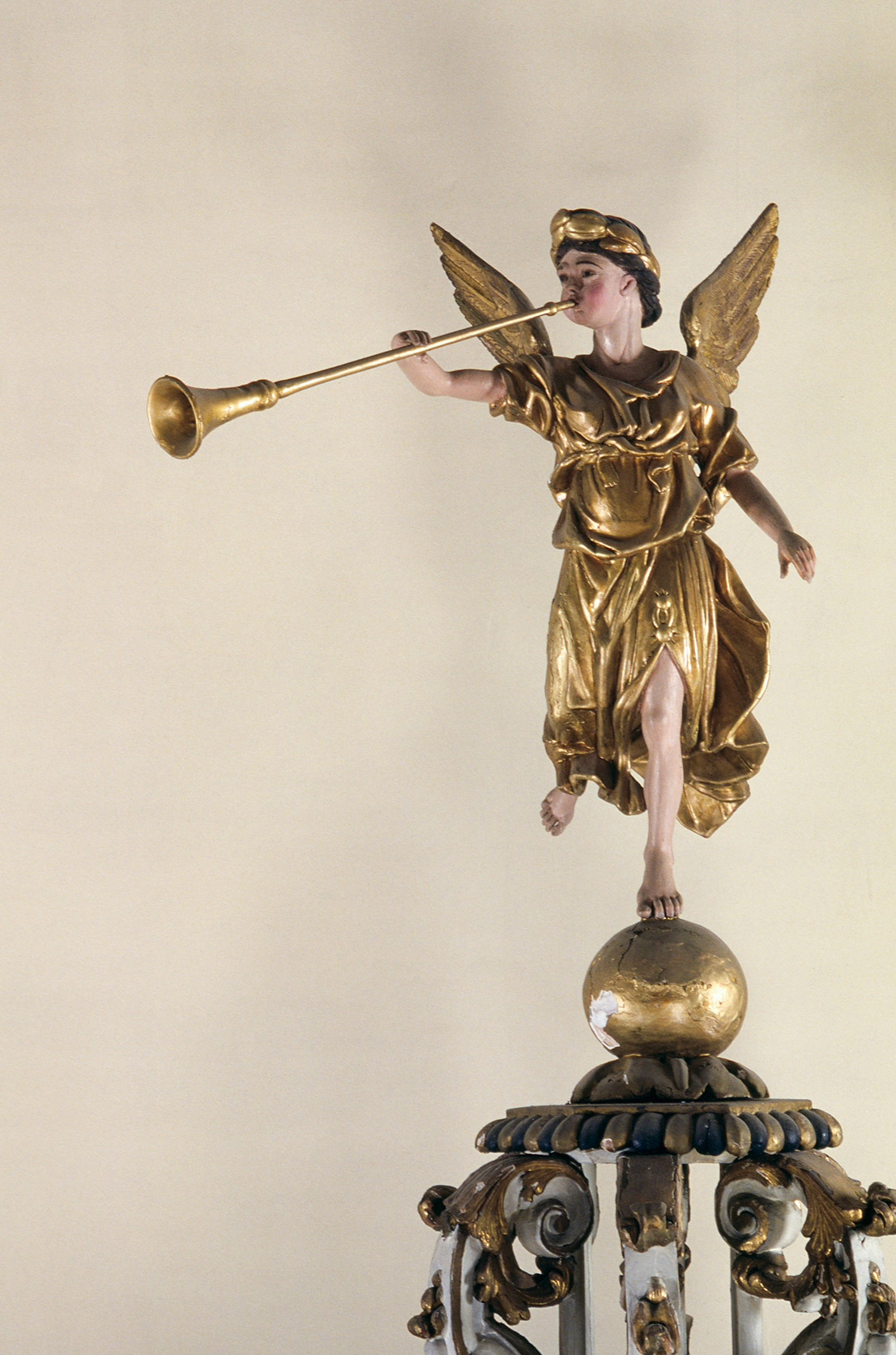
The ornamental sculpture that Levasseur produced for the chapel, which shows the influence of French classicism, is both sophisticated and skilful. Its solemn and triumphant vocabulary is evident in the altarpiece, with its architectural grandeur, fluted columns crowned with Corinthian capitals, and curved pediment. At the same time, a Baroque exuberance emerges in the movement and decorative richness of the work. The Ursuline nuns, who had mastered the arts of gilding and statue painting, applied gold leaf to the altarpiece and painted the flesh tones of the statues between 1736 and 1739, just in time for the centennial celebrations of the community’s arrival in Quebec City.
Unlike his predecessor, Jacques Leblond de Latour (1671–1715), and his successor, François Baillairgé (1759–1830)—two men closely associated with the richness and refinement of churches in French America—Levasseur did not receive training in Europe. He learned his craft in his father’s workshop and honed his skills by drawing inspiration from various models he had access to. His prestige rests on both the ornamentation he designed and the dynamic and balanced character of his freestanding sculptures and his reliefs.
One of the eighteenth century’s finest examples of sculpture in the round is Levasseur’s trumpet-bearing angel atop the bracket of the pulpit in the Ursuline Chapel. He achieved a remarkable feat by capturing the celestial figure of the Last Judgment in a lively pose, balanced on the tip of his left foot. Levasseur’s works exhibited exceptional technical mastery and rare finesse, earning him additional commissions for religious decoration in the parishes around Quebec City.

 About the Author
About the Author
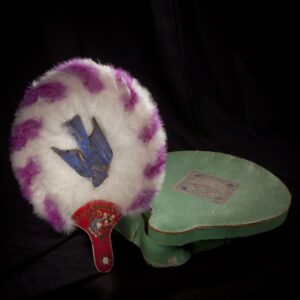 More Online Art Books
More Online Art Books
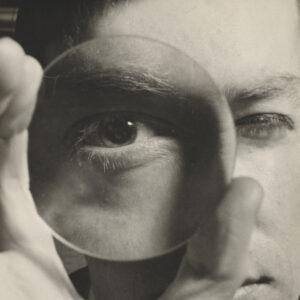 Acknowledgements
Acknowledgements